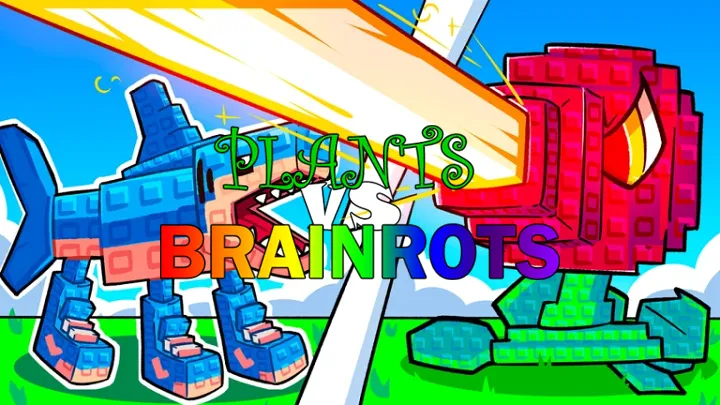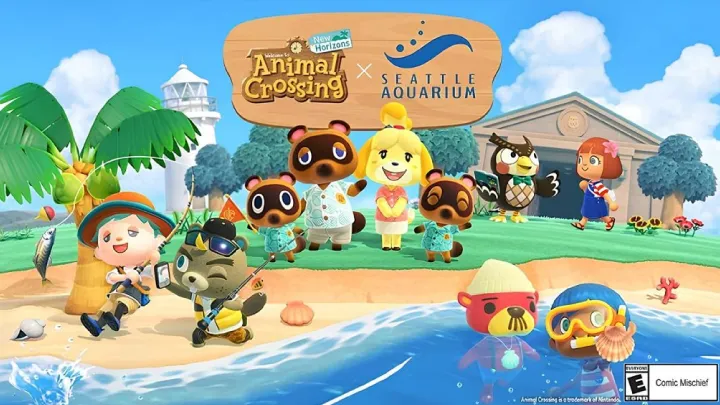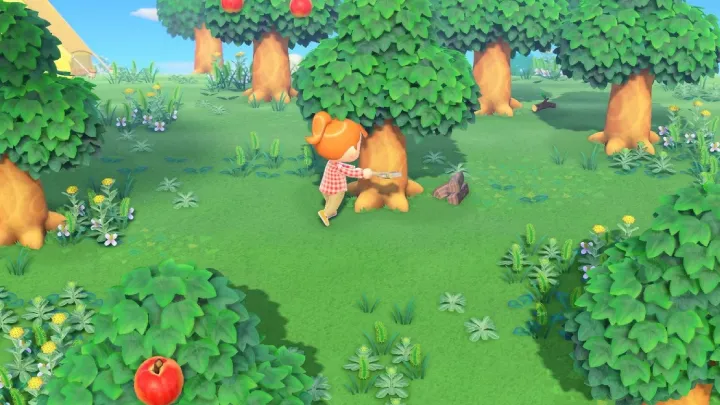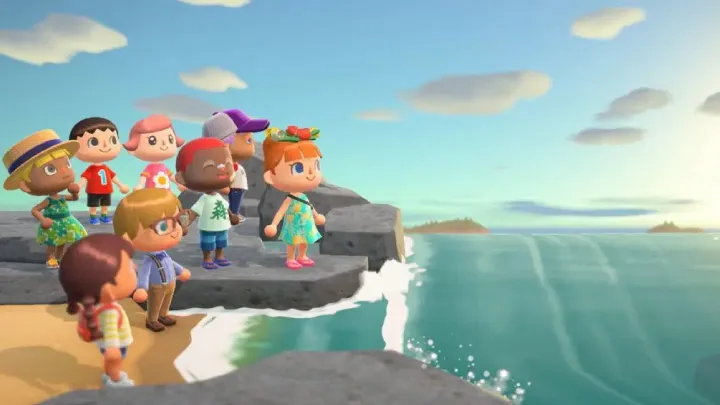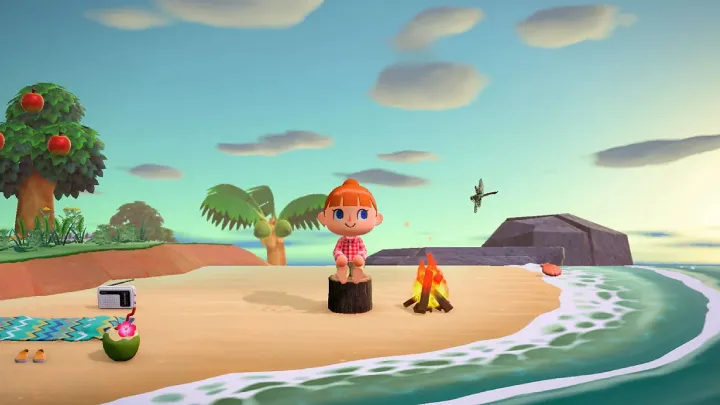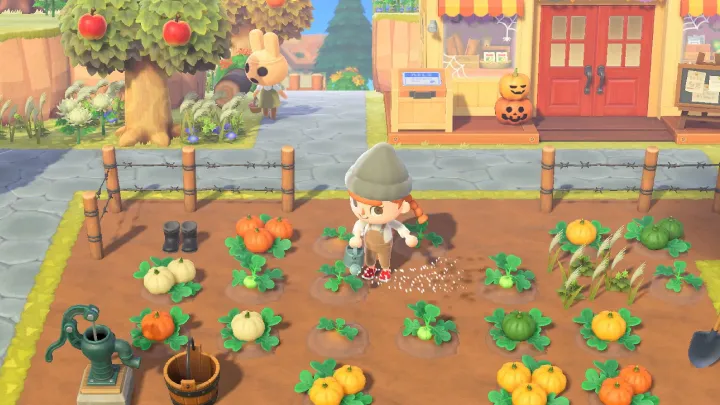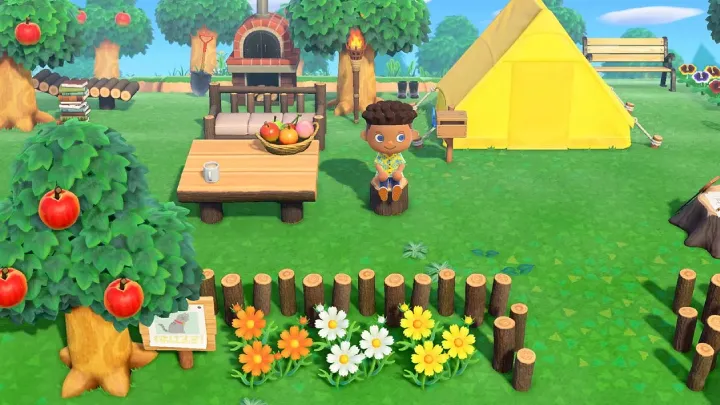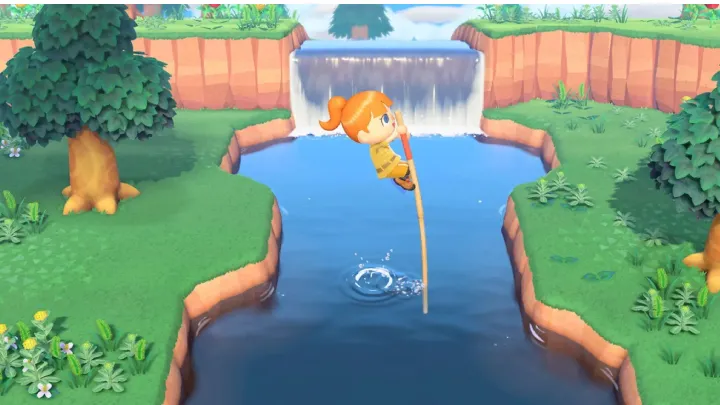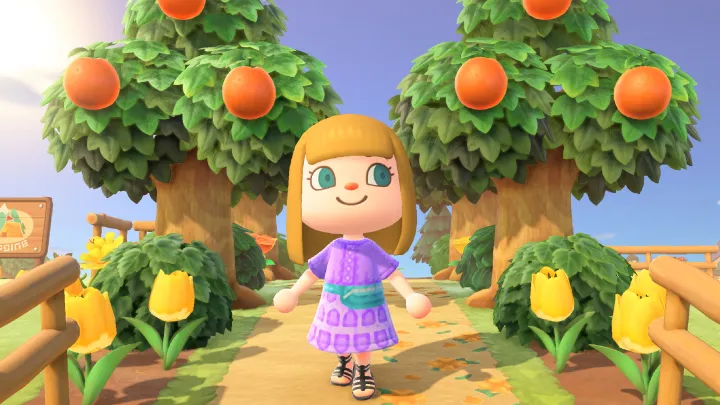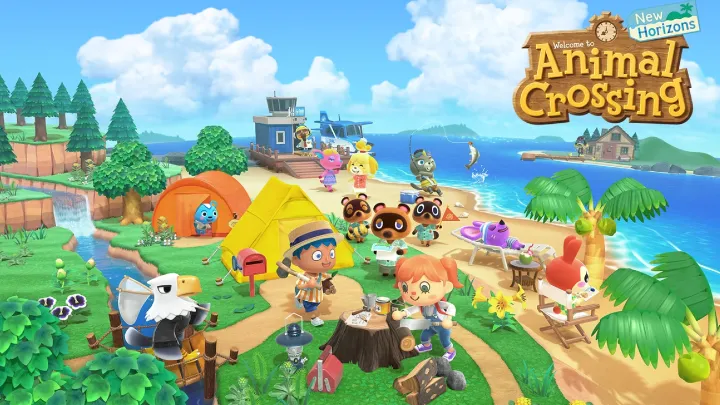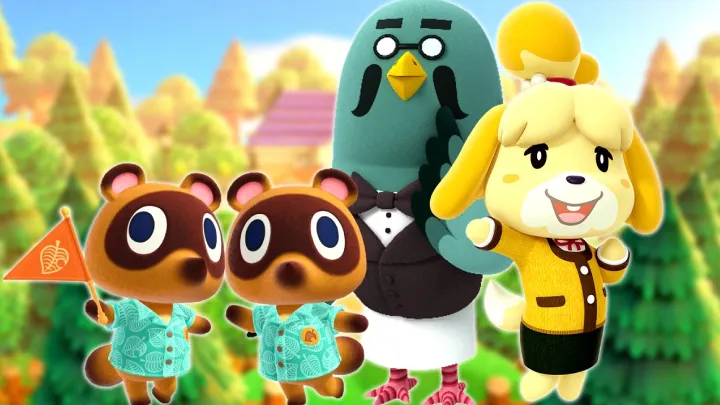Since the blue blur’s debut in the early 1990s, Sonic the Hedgehog has been defined by speed, agility, and style. Traditionally, Sonic games focused on single-player adventures across looping levels filled with rings, hazards, and chaos emeralds. With the release of Sonic Rumble, however, Sega introduced a bold new design philosophy: shifting Sonic from a purely single-player icon into a modern multiplayer competitor.
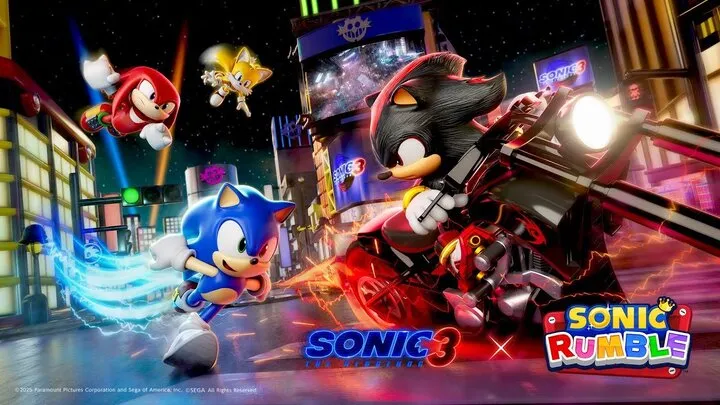
This article explores the design transformation in Sonic Rumble, from its inspirations to its gameplay mechanics, aesthetics, community dynamics, and cultural significance. We’ll examine how the game reshapes Sonic’s legacy for the era of online multiplayer, and why this marks one of the franchise’s most ambitious experiments.
Sonic’s Traditional Legacy of Speed
For decades, Sonic was synonymous with fast-paced platforming.
Sonic as a Solo Experience
The early Genesis and Mega Drive titles were built around individual mastery—learning the flow of levels, exploiting momentum, and replaying for speed records. While co-op or competitive splitscreen appeared in Sonic 2, multiplayer was always secondary.
Limitations of Past Multiplayer
Attempts at competitive Sonic modes in earlier games often felt tacked on. Racing in split-screen was novel but couldn’t rival Sonic’s single-player thrill. Sega’s challenge was clear: how could Sonic’s speed-based formula evolve into something social, competitive, and lasting?
The Birth of Sonic Rumble
Sonic Rumble was Sega’s answer to modern multiplayer trends.
The Multiplayer Renaissance
By the 2020s, battle royale and party-style online games like Fall Guys and Among Us dominated the casual competitive space. Sega spotted an opportunity to blend Sonic’s DNA—speed, platforming, and chaos—into this rising format.
Conceptual Shift
Rather than race to the end alone, Sonic Rumble emphasized arena-style survival. Players compete in short, chaotic rounds, where platforming skill, quick decision-making, and adaptability decide victory. This marked a philosophical break from Sonic’s roots, but also a creative rebirth.
Core Gameplay Dynamics in Sonic Rumble
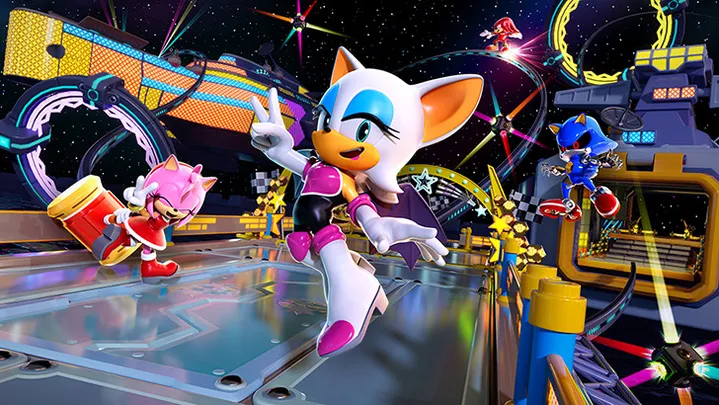
At its heart, Sonic Rumble thrives on multiplayer interaction.
Competitive Arena Design
Levels are short, self-contained arenas with hazards that test both speed and timing. Unlike traditional Sonic levels, they are not about completing a linear path but about outlasting or outmaneuvering rivals.
Emphasis on Chaos
The design thrives on unpredictability. Power-ups spawn randomly, obstacles shift mid-round, and momentum can be lost in seconds. This creates tension where no victory feels guaranteed, echoing the unpredictable charm of party games.
Character Abilities and Diversity
One of Sonic Rumble’s innovations lies in how it reimagines Sonic’s cast.
Playable Roster
The game doesn’t just feature Sonic—it expands to include Tails, Knuckles, Amy, Shadow, and others. Each character is balanced with unique traits that fit the multiplayer chaos.
Special Abilities
- Sonic – Burst speed boost for sudden sprints.
- Tails – Temporary hovering for platform stability.
- Knuckles – Stronger attacks to knock rivals back.
- Amy – Area-effect hammer swings.
- Shadow – Precision dashes for surprise plays.
Balancing the Cast
Unlike many past Sonic titles, balance in Rumble is key. No single character dominates. The roster encourages experimentation and team-based strategies, ensuring every playstyle has a place.
Level Design Philosophy
Rumble’s arenas showcase a distinct design philosophy.
Compact but Layered Stages
Stages are smaller than traditional Sonic levels but pack verticality, moving hazards, and shifting layouts. This compact design keeps competition tight.
Dynamic Hazards
- Platforms that collapse under weight.
- Conveyor belts altering momentum.
- Spinning traps that punish careless speed.
Replay Value
By cycling hazards randomly, no two matches feel identical. This unpredictability aligns with Rumble’s philosophy of fun chaos over precise mastery.
Visual and Aesthetic Direction
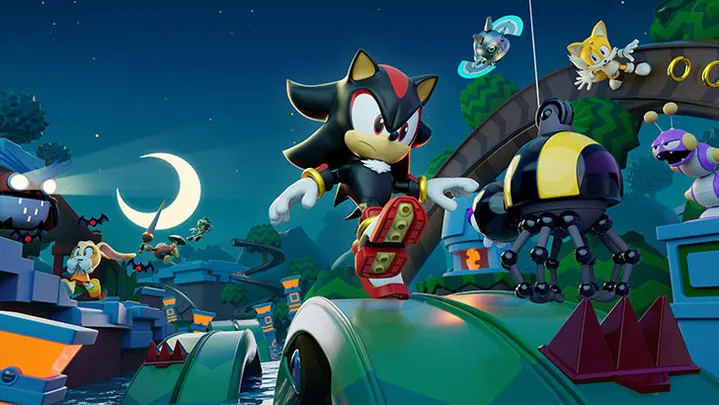
The visual style of Sonic Rumble diverges from past titles while keeping familiar charm.
A Party Game Atmosphere
Bright colors, exaggerated animations, and cartoonish hazards reflect the party-game influence. Sonic’s sleek design blends into a world of playful competition.
Character Expression
Animations emphasize personality—Sonic’s cocky stances, Tails’ cheerful enthusiasm, Knuckles’ determination. This makes losing less frustrating and winning more celebratory.
Comparisons to Other Sonic Games
Where mainline Sonic titles pursue polished, cinematic visuals, Rumble leans into whimsical and approachable design, widening its appeal.
Online Community and Player Culture
Sonic Rumble thrives as a social multiplayer experience.
Competitive Spirit
Players quickly developed rivalries and tournament-style competitions. Leaderboards fostered competition not just in wins but in style—how flashy or efficient a player could be.
Cooperative Chaos
Despite being competitive, many rounds reward temporary alliances. Players may team up to eliminate a stronger rival before turning on each other, echoing playground dynamics.
Social Spaces
Sega’s servers and community events created shared hubs where fans could discuss strategies, celebrate wins, and share custom content.
Sonic’s Identity in a Multiplayer Age
A key question remains: how does Sonic’s identity survive this transformation?
Preserving Core DNA
Speed remains central. Even in chaotic arenas, momentum and quick reflexes embody the Sonic spirit. Sega ensured Rumble didn’t feel like a reskin of another game—it is distinctly Sonic.
Expanding the Brand
By entering the multiplayer party-game genre, Sonic gains a foothold in spaces dominated by Fall Guys and Mario Party. It’s not just a reinvention, but an expansion.
Challenges and Criticisms
Not every experiment lands perfectly.
Common Player Complaints
- Balance Issues – Some felt certain abilities gave unfair advantages.
- Server Stability – Early launch suffered from lag and disconnections.
- Casual vs Competitive Tension – Some players wanted pure fun, while others demanded esports-level structure.
Developer Responses
Sega rolled out frequent patches, community-driven feedback updates, and seasonal adjustments to improve balance. These iterative changes reflect the live-service nature of the game.
Long-Term Legacy of Sonic Rumble
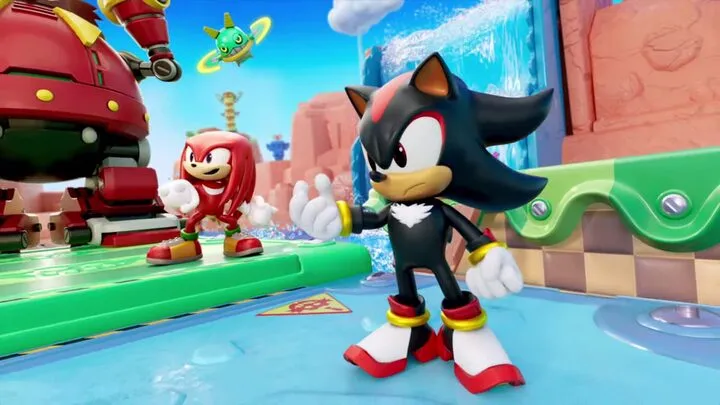
While still relatively new, Rumble is already shaping Sonic’s legacy.
Expanding the Franchise’s Identity
Sonic Rumble proves Sonic can adapt to new genres while keeping his core identity. It joins titles like Sonic Mania in broadening what Sonic can mean to fans.
Influence on Future Games
The success of Sonic Rumble may inspire future Sonic spin-offs to lean into multiplayer design, possibly creating a new sub-series within the franchise.
Community Longevity
If supported with seasonal events, new characters, and evolving arenas, Rumble could become a long-term staple in Sonic’s library, ensuring the franchise remains relevant to new generations.
Conclusion
Sonic Rumble represents one of the most daring experiments in Sonic’s long history. By transforming the franchise’s traditional single-player focus into a multiplayer battle format, Sega not only embraced modern trends but also redefined what Sonic could be in the digital age.
Through innovative gameplay, diverse character abilities, unpredictable arenas, and strong community integration, Sonic Rumble manages to feel like both a fresh start and a continuation of Sonic’s legacy. Its future will depend on ongoing support and balance, but its boldness already secures it a unique place in Sonic history.
For fans, Sonic Rumble isn’t just a spin-off—it’s a reinvention that proves Sonic can race, fight, and thrive in the unpredictable arena of online multiplayer.
